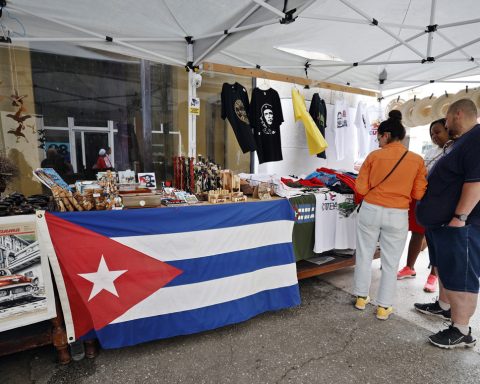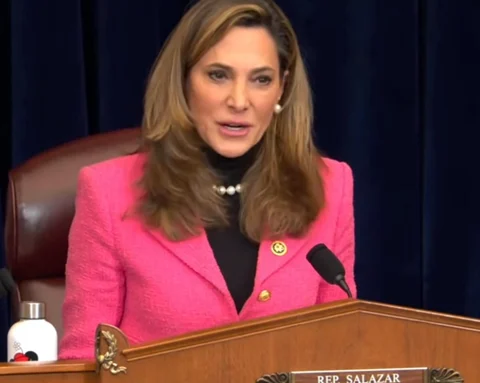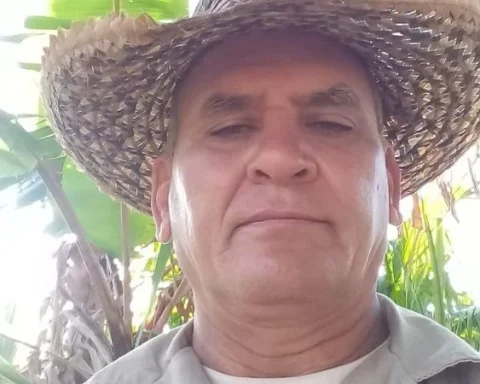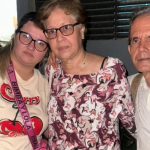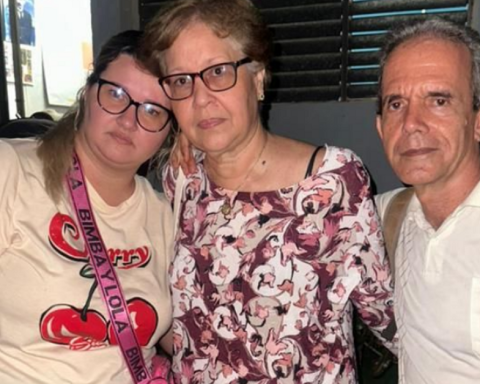At least five people died and another twelve remain missing after the capsizing of a precarious fishing boat cuban rafters to the north of killings.
The tragic event occurred last Tuesday in the surroundings of Cayo Cruz del Padre, due to the strong waves in the area, according to a report on local television TV Yumuri.
According to this medium, eleven occupants of the boat that was heading towards the United States were rescued alive by the Cuban border guard services.
The occupants of the capsized boat themselves had called the emergency services, which sent two military ships to the scene, the agency reports. EFE.
The authorities reported that the rescue work continues in the area where the shipwreck occurred despite the adverse weather conditions as a result of a cold front.
“All those involved in the incident reside in Cárdenas and left the country illegally on January 23 through Torrontela, a point on the Cárdenas coast, with the purpose of reaching United States territory, exposing themselves to a risky journey,” detailed TV Yumurí.
Twenty-eight people were traveling in the boat, according to the official estimate, which puts the number of missing at 12, according to the references of the rescued rafters.
In accordance with According to the International Organization for Migration (IOM) Missing Migrants Project, at least 321 deaths and disappearances of migrants were documented in the Caribbean region in 2022. Of that total, 69 were from Cuba.
Cuban border guards search for lost rafters north of Villa Clara
The island has been going through a massive migratory wave for more than a year, during which around 300,000 Cubans have arrived in the United States, mainly by land, mainly motivated by the deep economic crisis that the country is suffering.
By sea, more than 6,000 rafters were intercepted and returned to Cuba last fiscal year, while from October 1, 2022 to date there have been more than 5,000 returnees, more than 1,200 in the month of January.
At the beginning of January, the US Government announced a change in its immigration policy for Cubans, with the establishment of a program of parole humanitarian. This program allows the monthly entry of 30,000 people from Cuba, Nicaragua, Venezuela and Haiti, and confirms the closure of the borders for irregular migrants from these nations.

